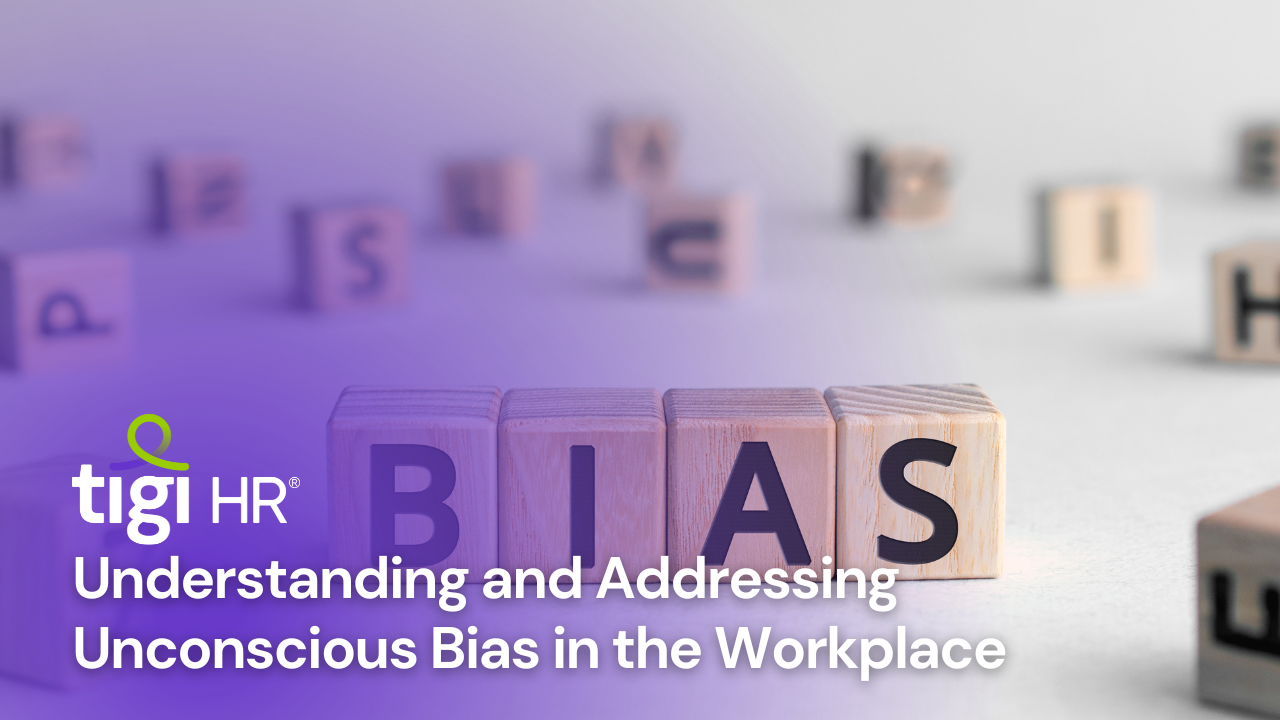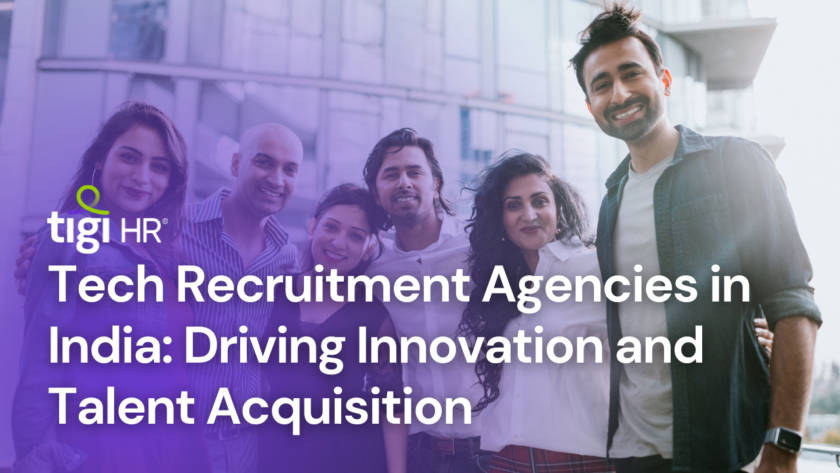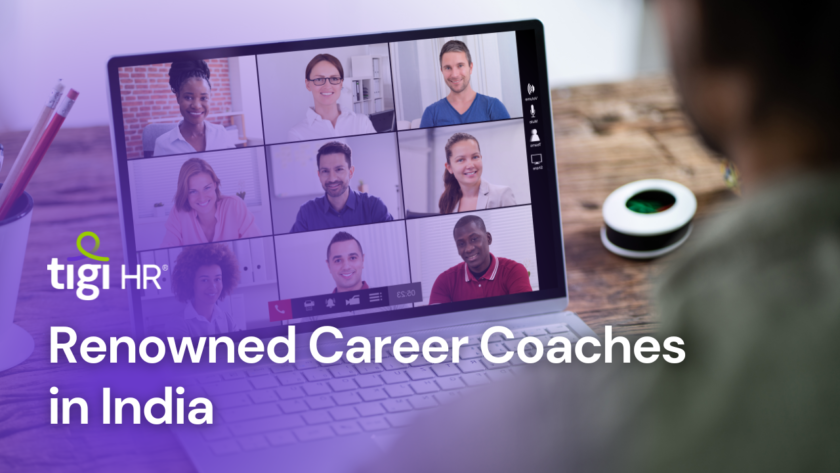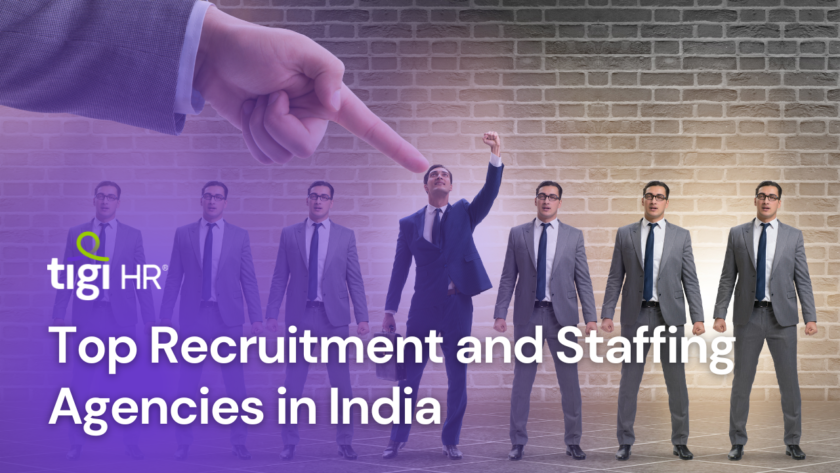Unconscious bias, the silent force shaping workplace dynamics, demands a multifaceted strategy for dismantling its influence. In this exploration, we delve into the intricacies of unconscious bias in the workplace and propose comprehensive measures to foster a more inclusive and equitable professional sphere.
Decoding the Layers of Unconscious Bias: At the core of workplace interactions lie hidden biases, stemming from societal stereotypes. These biases, often deeply ingrained, cast shadows on hiring decisions, performance evaluations, and team collaboration. Recognizing the complexity of these influences is the first step towards untangling the web of unconscious bias.
The Human Impact: Individuals navigating a biased environment experience subtle but impactful challenges. From missed opportunities to feelings of isolation, the repercussions of unconscious bias can hinder personal and professional growth. To address these issues effectively, we must delve into the personal stories that illuminate the human side of bias.
Organizational Reckoning: Unconscious bias doesn’t merely affect individuals; it permeates the very fabric of organizations. From skewed leadership demographics to diminished creativity, the consequences are far-reaching. Organizations must confront these realities and commit to proactive measures to reshape their structures and cultures.
Strategies for Illumination: Shining a light on unconscious bias requires a collective effort. Implementing awareness campaigns, diversity training, and continuous education programs are essential components. By fostering an environment where individuals feel safe to challenge their own biases, organizations can lay the groundwork for transformation.
Rethinking Recruitment: Recruitment processes often serve as breeding grounds for unconscious bias. Adopting blind recruitment methods, diverse interview panels, and reevaluating traditional hiring criteria can mitigate bias and ensure a fair evaluation of candidates. It’s time to revolutionize how we approach talent acquisition.
The Role of Leadership: Leadership sets the tone for an organization’s culture. To combat unconscious bias, leaders must embrace inclusivity consciously. This involves acknowledging biases, actively seeking diverse perspectives, and championing initiatives that promote equality. Leadership, when aligned with these principles, becomes a powerful catalyst for change.
Cultivating Inclusive Environments: Building an inclusive workplace culture is an ongoing process. Establishing mentorship programs, affinity groups, and platforms for open dialogue fosters connection and breaks down barriers. It’s through these intentional efforts that organizations can create spaces where diversity is celebrated rather than overlooked.
Measuring Progress: Progress in dismantling unconscious bias requires quantifiable metrics. Regularly evaluating diversity and inclusion initiatives, seeking employee feedback, and holding leaders accountable are pivotal steps. By turning aspirations into measurable actions, organizations can track progress and stay committed to their goals.
Conclusion on Unconscious Bias in the Workplace
Unraveling unconscious bias demands a persistent commitment to change. By addressing biases head-on, implementing strategic measures, and championing inclusivity at all levels, organizations can embark on a transformative journey. The destination is a workplace free from the shadows of bias, where every individual’s potential can flourish unencumbered.
How can specialized tech recruitment agencies enhance remote hiring efficiency?
Find Remote Hiring Made Easy: Partnering with a Global Tech Recruitment Agency
Partnering with a specialized tech recruitment agency for remote hiring offers access to a global talent pool and expertise in remote work. It streamlines the process, saving time and resources. Clear communication, defining job requirements, and showcasing remote benefits are vital for successful outcomes in this globalized era.
Find trusted recruitment agencies: Click here





